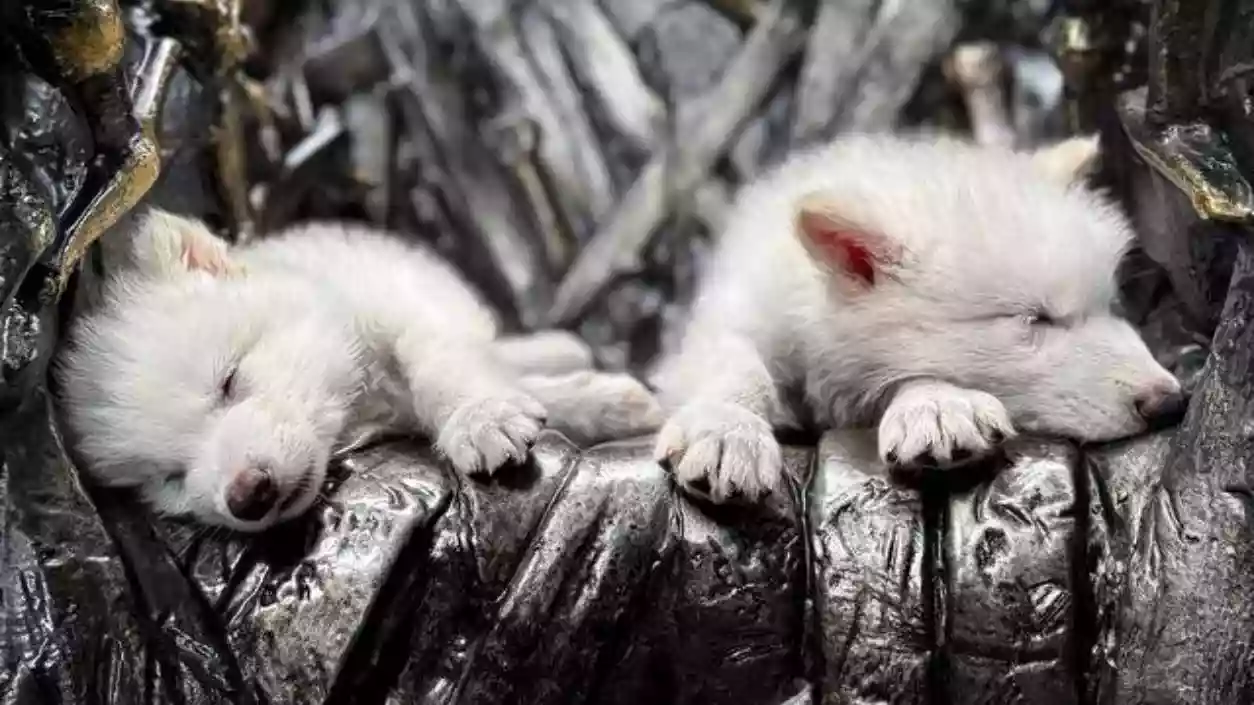.gif)
.gif)

In a major scientific milestone, Colossal Biosciences, a Texas-based genetic engineering company, has successfully revived the dire wolf—an Ice Age predator believed to have gone extinct around 12,500 years ago. The company announced the birth of three dire wolf puppies named Romulus, Remus, and Khaleesi. The announcement marks what Colossal calls the “world’s first de-extinction.”
The dire wolves were recreated using genetic engineering techniques that involved reconstructing the species’ genome from ancient DNA. Scientists at Colossal extracted DNA from a 13,000-year-old tooth and a 72,000-year-old skull found in fossil deposits in North America. Using CRISPR gene-editing technology, they edited gray wolf DNA by targeting 14 genes at 20 specific points to replicate the physical and genetic traits of dire wolves, such as muscle structure, skull size, and fur thickness.
Colossal confirmed that the first two dire wolf pups, Romulus and Remus, were born on October 1, 2024, and Khaleesi was born a few weeks later. The animals currently live in Zone Alpha, a secure 2,000-acre ecological preserve in the northern United States. The facility is equipped with 9-foot fencing, surveillance drones, and a full animal hospital. The pups are fed a diet of beef, deer, horse meat, and dry food, with plans to gradually introduce whole prey.
The company also announced the successful cloning of two litters of red wolves, one of the most critically endangered wolf species in the world. These litters include one adolescent female named Hope and three male red wolf puppies named Blaze, Cinder, and Ash. The cloning process for the red wolves used a “non-invasive blood cloning technique” and drew from three different genetic founder lines.
Ben Lamm, CEO and co-founder of Colossal, stated, “Our team took DNA from a 13,000 year old tooth and a 72,000 year old skull and made healthy dire wolf puppies.” He added, “This massive milestone is the first of many coming examples demonstrating that our end-to-end de-extinction technology stack works.” The company said this achievement is a critical step in its broader plan to bring back other extinct species, including the woolly mammoth, thylacine (Tasmanian tiger), and the dodo.